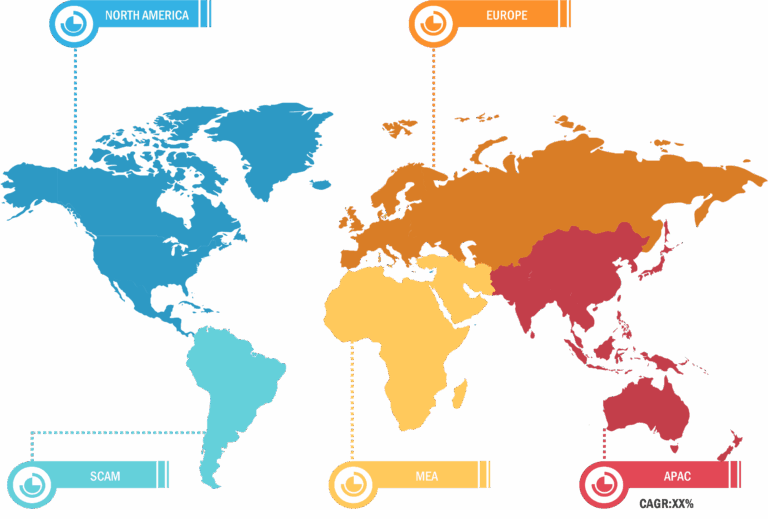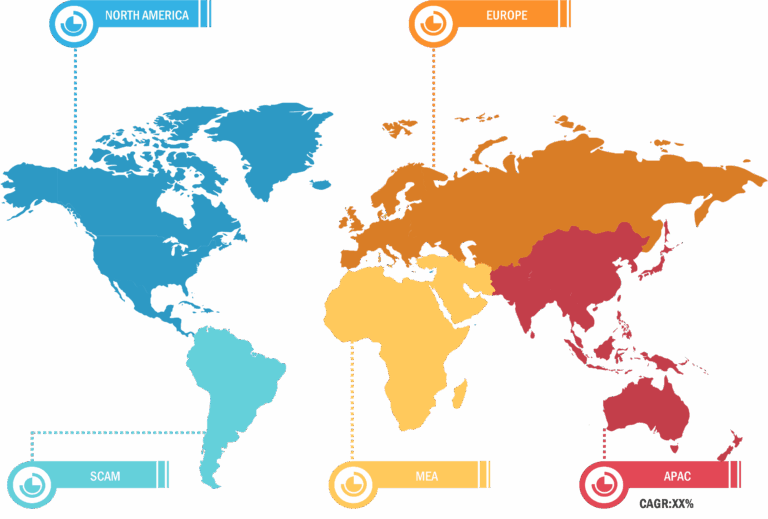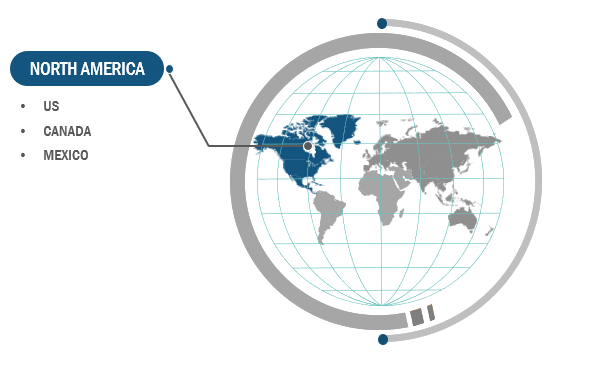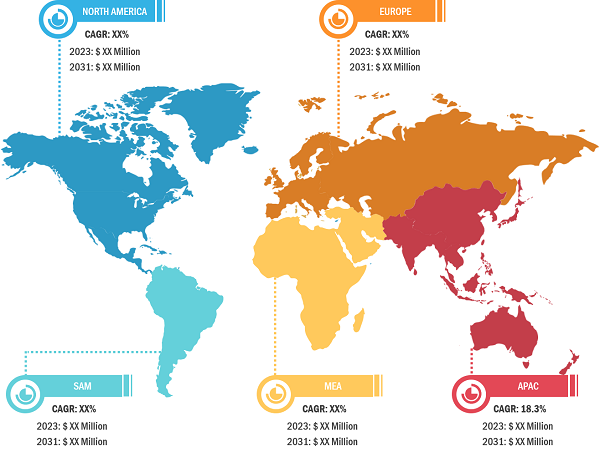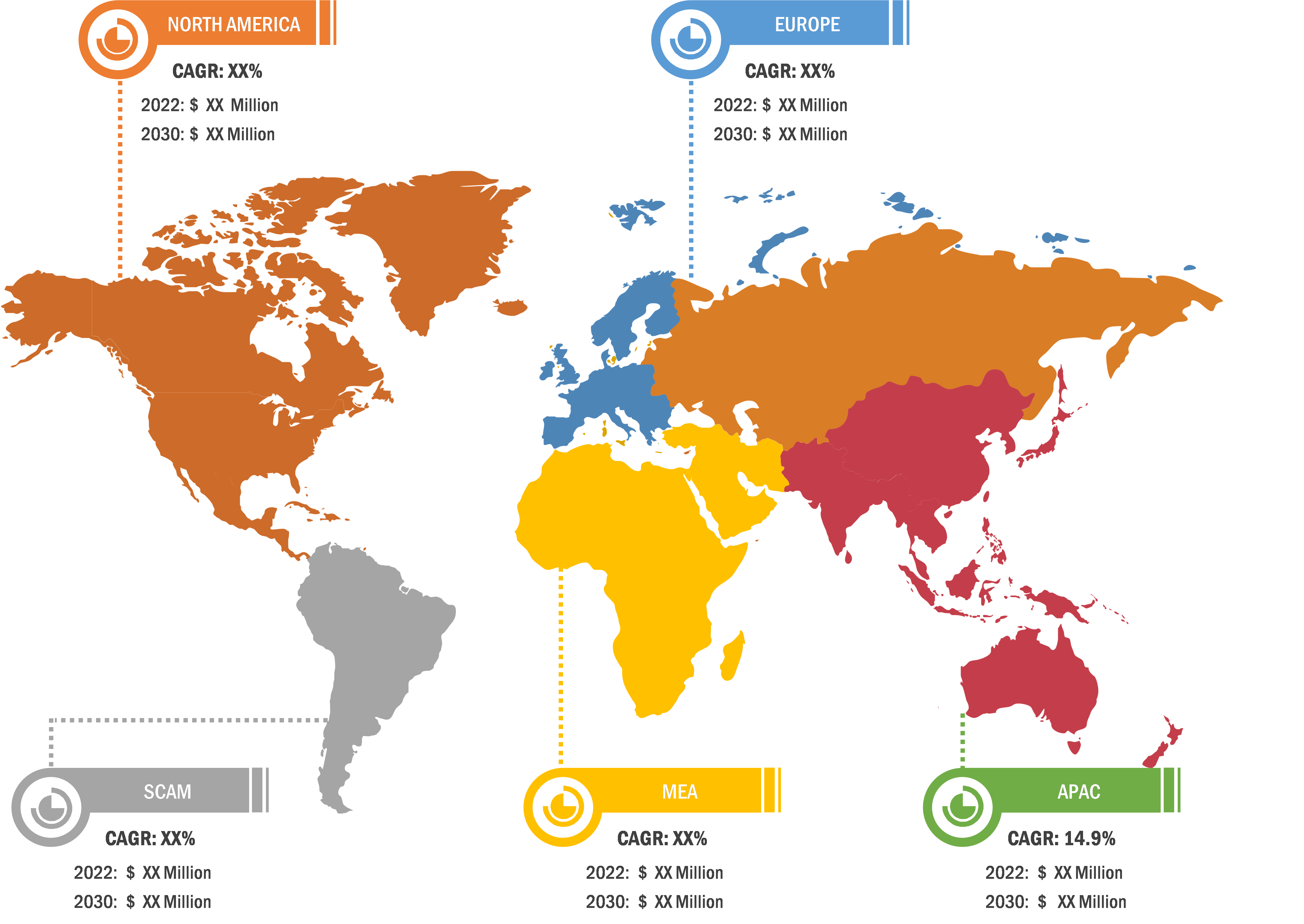
Orthopedic Navigation System Market
Growing Advantages of Computer-Assisted Orthopedic Surgeries and Increasing Incidence of Orthopedic Conditions Drive Market Growth
The increasing incidence of osteoarthritis, musculoskeletal disorders, fractures, and other orthopedic conditions due to an aging population and a sedentary lifestyle increases the need for precise and accurate surgical procedures. Adoption of cutting-edge technologies in surgical procedures improves outcomes of procedures and life quality of patients. Spinal injuries are the leading cause of mortality and morbidity due to weakening of neurological injury or bony spine, spinal nerves, or spinal cord. Prompt medical and surgical treatment is crucial to reduce chronic functional impairment. In addition, increasing number of sports injury cases and growing number of traffic accidents and falls propel the need for orthopedic treatments. The CDC estimates that 54.4 million adults in the US suffered from some form of arthritis in 2017, and the cases count is expected to reach 78 million by 2040. This suggests that there may be a need for navigation systems for orthopedic surgery in the foreseeable future.
According to an article titled “Computer-assisted preoperative planning of bone fracture fixation surgery” published in the National Library of Medicine in October 2022, bone fracture fixation surgery is one of the most commonly performed surgical procedures in the orthopedic field. The source stated that computer-assisted surgical techniques have been developed in recent years. The techniques are helpful in the preoperative planning of bone fracture fixation operations. Benefits of computer-assisted surgery (CAS) such as low blood loss, short hospital stays, and easy rehabilitation propel its demand. CAS is instrumental in precise alignment of the implant. It provides improved functionality, improves quality-adjusted lifespan, causes less pain and tissue damage, and can lead to fewer complications. Surgical navigation allows surgeons to develop detailed clinical plans for joint replacements and spinal procedures. The platforms provide computer-aided measurements from individual patients’ preoperative computerized tomography (CT) scans to help surgeons provide personalized surgical care. Thus, advantages of computer-assisted orthopedic surgeries and rising incidence of orthopedic diseases, including osteoarthritis, degenerative joint diseases, and fractures, significantly bolster the orthopedic navigation systems market growth.
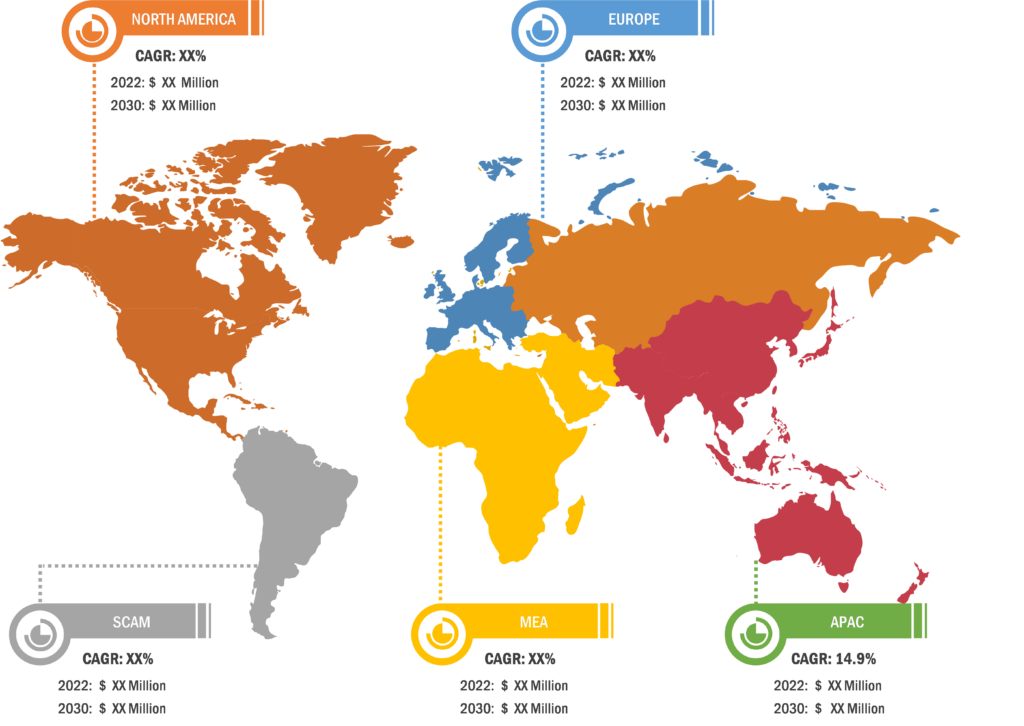
Orthopedic Navigation System Market: Segmental Overview
The orthopedic navigation system market is segmented on the basis of technology, application, and end users. In terms of technology, the market is segmented into electromagnetic, optical, and others. The electromagnetic segment held the largest market share in 2022 and is anticipated to register the highest CAGR during 2022–2030. Electromagnetic (EMT) navigation systems are used widely in orthopedic surgeries. EMTs utilize fluoroscopy to screen the patient without using ionizing radiation, and it does not expose the patient to any energy fields that are more harmful than ultrasounds.
By application, the orthopedic navigation system market is segmented into knee, hip, spine, and others. The knee segment held the largest market share in 2022. The hip segment is anticipated to register the highest CAGR during 2022–2030.
In terms of end user, the orthopedic navigation system market is segmented into hospitals, ambulatory surgical centers (ASCs), and others.
Orthopedic Navigation System Market: Competitive Landscape and Key Developments
B. Braun SE, Stryker Corporation, Medtronic PLC, Zimmer Biomet, DePuy Synthes, Smith & Nephew, Siemens Healthineers, Brainlab AG, Metronor, and Naviswiss AG are among the major players in the orthopedic navigation system market. Leading players focus on expanding and diversifying their market presence and clientele, thereby tapping prevailing business opportunities.
Key Developments by Major Market Players are:
- In June 2023, Brainlab AG collaborated with AO Foundation to extend reality technology for best practices in education and training. This collaboration will increase knowledge acquisition, enhance decision making, and improve coordination of skills, all within a safe and engaging setting.
- In May 2023, Brainlab AG collaborated with AI-driven TheraPanacea to enhance radiotherapy efficiency. Brainlab, a digital medical technology company, announced the integration of AI-powered organ segmentation software from TheraPanacea, a medical technology company specializing in automatic, dependable, and quick tools for high-precision radiotherapy, at the European Society for Therapeutic Radiology and Oncology (ESTRO) annual meeting in Vienna. By collaborating with TheraPanacea, Brainlab users have more segmentation options for organs at risk (OAR), which enhances radiation therapy effectiveness.
- In November 2022, Corin Australia Pty Ltd and Naviswiss AG signed an exclusive distribution agreement for Australia and New Zealand. Corin Australia Pty Ltd is a major inventor in miniaturized navigation for joint replacement surgery. The addition of this technology will strengthen the OPS offering and value to customers.

